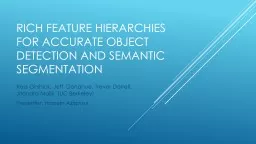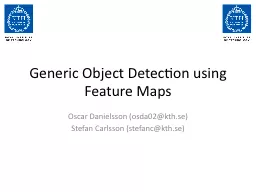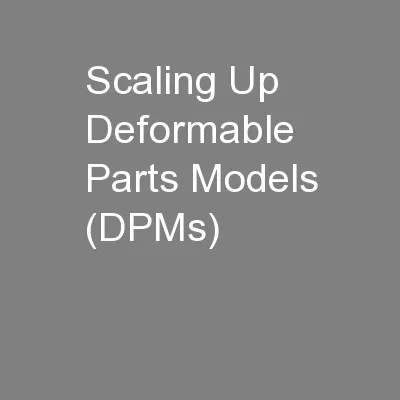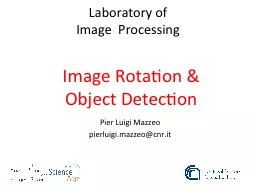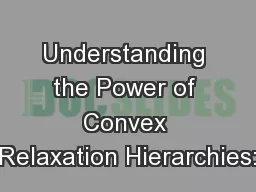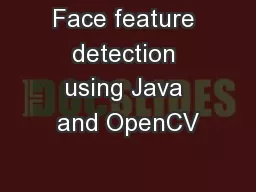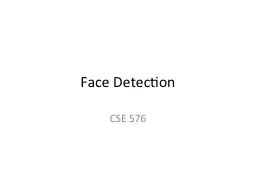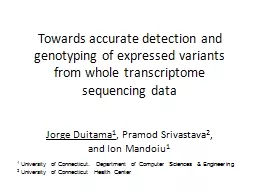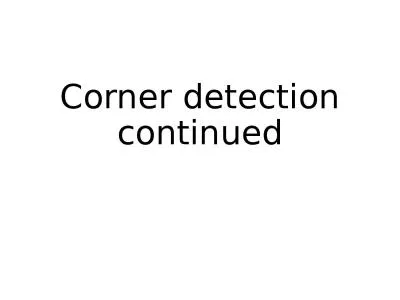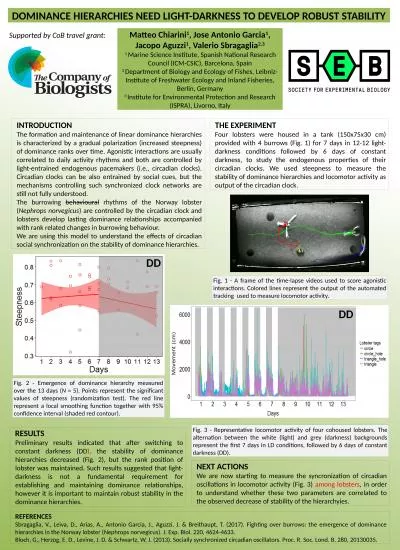PPT-Rich feature Hierarchies for Accurate object detection and
Author : yoshiko-marsland | Published Date : 2016-05-05
Ross Girshick Jeff Donahue Trevor Darrell Jitandra Malik UC Berkeley Presenter Hossein Azizpour Abstract Can CNN improve soa object detection results Yes
Presentation Embed Code
Download Presentation
Download Presentation The PPT/PDF document "Rich feature Hierarchies for Accurate ob..." is the property of its rightful owner. Permission is granted to download and print the materials on this website for personal, non-commercial use only, and to display it on your personal computer provided you do not modify the materials and that you retain all copyright notices contained in the materials. By downloading content from our website, you accept the terms of this agreement.
Rich feature Hierarchies for Accurate object detection and: Transcript
Download Rules Of Document
"Rich feature Hierarchies for Accurate object detection and"The content belongs to its owner. You may download and print it for personal use, without modification, and keep all copyright notices. By downloading, you agree to these terms.
Related Documents

